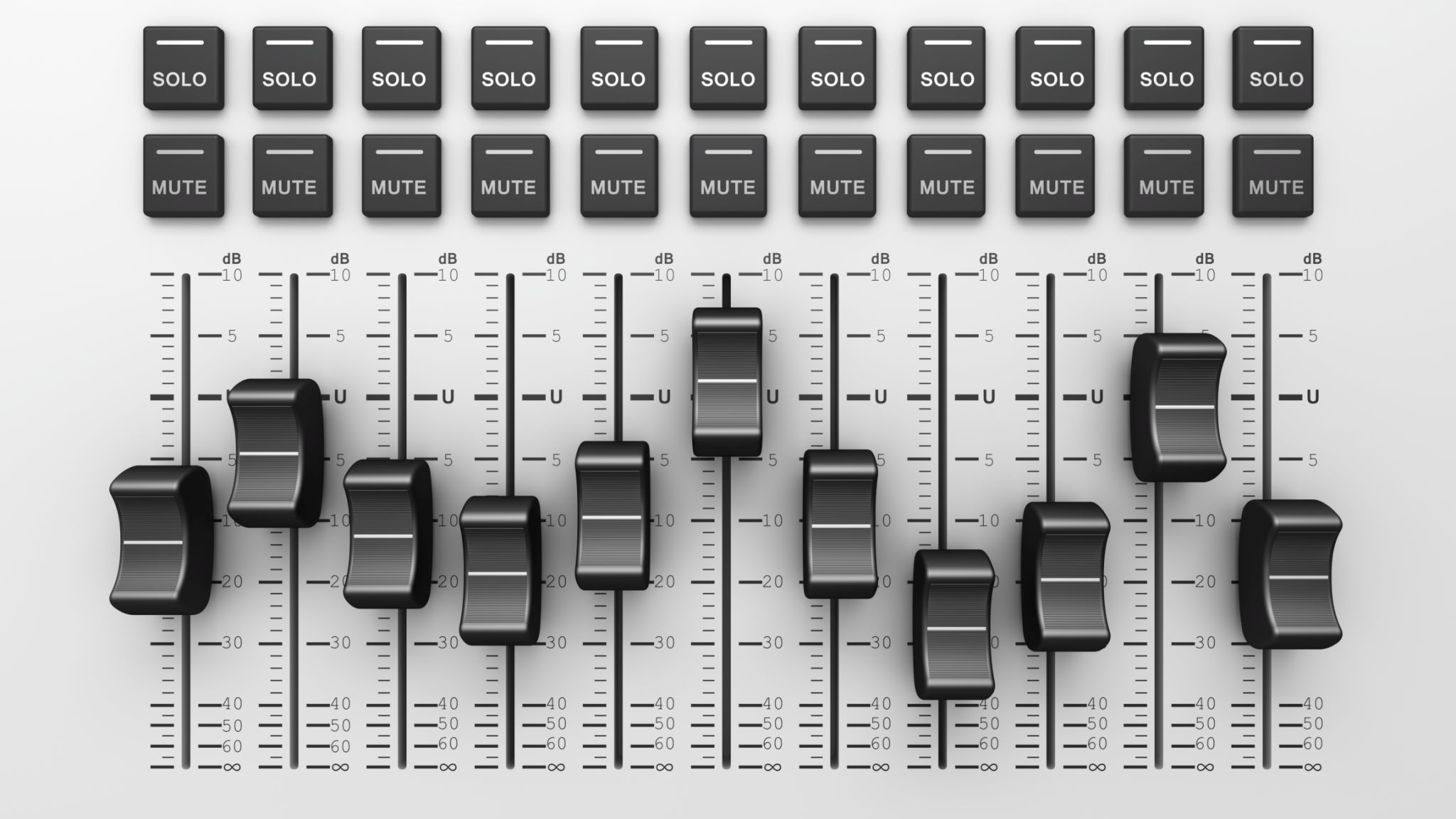Getting Started with Amapiano: Music Production Tips for Beginners
Understanding Amapiano
Amapiano is a vibrant and evolving genre originating from South Africa, characterized by its blend of deep house, jazz, and lounge music elements. Known for its catchy melodies, groovy basslines, and rhythmic percussion, Amapiano has become a global sensation. If you're a beginner looking to dive into music production within this genre, understanding its fundamental elements is crucial.

Essential Equipment for Amapiano Production
Before you start producing Amapiano tracks, it's important to gather the right equipment. At a minimum, you'll need a digital audio workstation (DAW) such as FL Studio, Ableton Live, or Logic Pro. These platforms offer a wide range of tools and effects to help you craft your sound. Additionally, investing in a quality MIDI keyboard can enhance your productivity and creativity.
Studio monitors and headphones are also essential. They allow you to hear the nuances of your tracks clearly, which is important for perfecting your mix. Consider brands like KRK or Yamaha for monitors and Audio-Technica or Sennheiser for headphones.
Creating Your First Amapiano Beat
Start by setting the tempo of your track. Amapiano typically ranges between 110 and 115 BPM. Next, focus on creating a catchy piano melody—this is one of the genre's defining features. Use soft-sounding electric pianos to achieve the signature Amapiano sound.
Layer your melody with drums, including congas, shakers, and snares to add rhythm and texture. The bassline is another essential element; it should be deep and groovy to drive the track forward.

Incorporating Unique Sounds
Amapiano is known for its use of unique and unexpected sounds. Consider incorporating elements like whistles, vocal chops, or bird calls to make your track stand out. Experimenting with different sound effects can add character and depth to your production.
Using sampling techniques can also enrich your music. Sampling traditional African instruments or vocals can introduce authenticity and creativity into your tracks.
Mixing and Mastering Techniques
Once you've composed your track, mixing is the next crucial step. Balance the levels of each instrument to ensure clarity in your mix. Use EQ to carve out space for each sound and prevent frequency clashes. Reverb and delay can add space and depth, but use them sparingly to avoid muddiness.

Mastering is the final polish on your track. It involves adjusting the overall volume and tonal balance to ensure it sounds great on all playback systems. This step is essential for achieving a professional sound quality.
Finding Inspiration and Collaborating
Inspiration can come from many sources, including listening to established Amapiano artists. Explore tracks by artists like Kabza De Small or DJ Maphorisa for ideas. Pay attention to their arrangement techniques and sound choices.
Collaboration is also beneficial in music production. Working with other producers or musicians can bring fresh perspectives and ideas, enhancing your creative process.
Conclusion
Diving into Amapiano music production can be an exciting journey filled with creative opportunities. By understanding the basics of the genre and employing effective production techniques, you'll be well on your way to crafting captivating tracks that resonate with listeners. Remember, practice makes perfect, so keep experimenting and refining your skills.